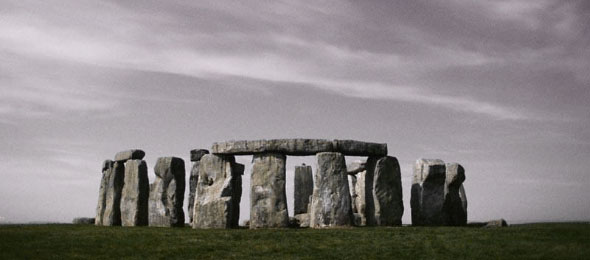Calendars have always been very usefull for people in pre-modern and modern world. Basically they are a set of rules we follow, giving names to periods of time like days, weeks, months and years. By doing this they give daily life a structure and come in handy when we want to celebrate. Days, months or other periods in a calendar are usually synchronized with the cycles of some astronomical phenomenon such as the cycle of the sun, or the moon. Many civilizations and societies have devised a calendar, usually derived from other calendars on which they model their systems, suited to their particular needs.
On this website you'll find all about the various calendars of the world.
History of Calendars
Over the last thousand of year people have used different calendars. In ancient civilizations, calendar systems were developed. The mayan calendar had two separate years: the 260-day Sacred Round, and the 365-day Vague Year. Classical Greek and Roman cultures also developed calendars; the ancient Athenians, for one, had a lunisolar calendar that lasted 364 days, with an intercalary month added every other year. Some of the system they used are - in a way - still in use.
Go ahead and read all about the history of modern calendars.

